RoadTest: Review Multicomp Pro 3D Printer Filaments, PLA and PETG
Author: Attila Tőkés
Creation date:
Evaluation Type: Workshop Tools
Did you receive all parts the manufacturer stated would be included in the package?: True
What other parts do you consider comparable to this product?: 3D printer filaments from other well known manufacturers
What were the biggest problems encountered?: just the common 3D printing problems
Detailed Review:

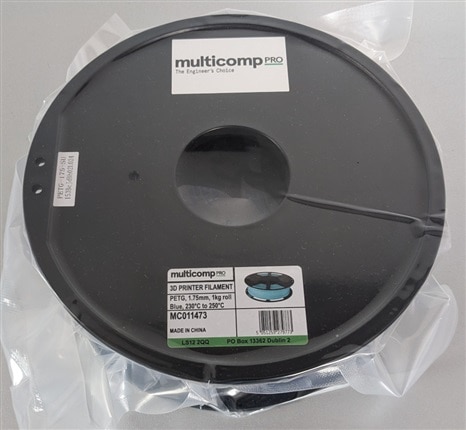
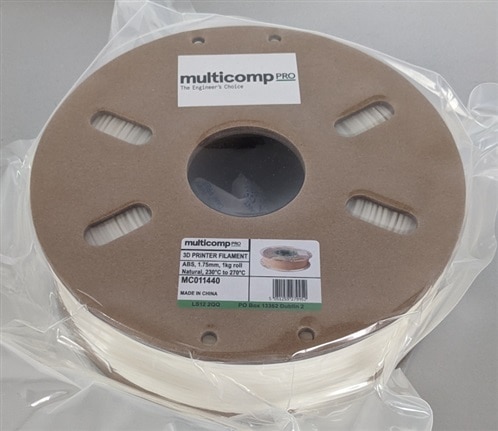
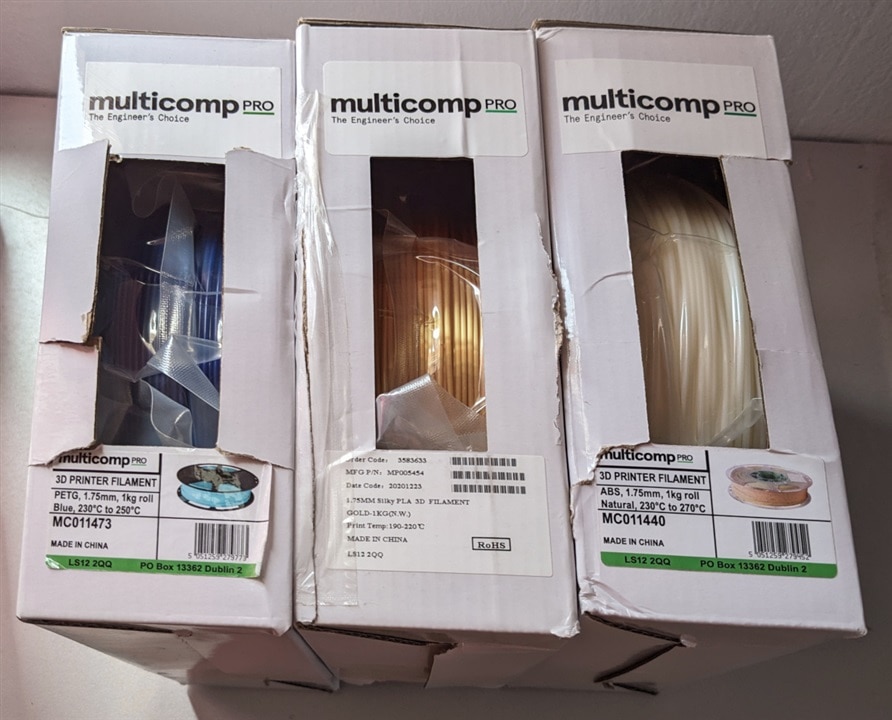

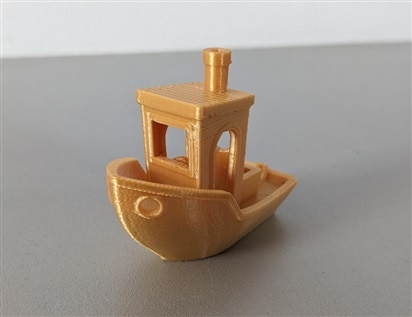








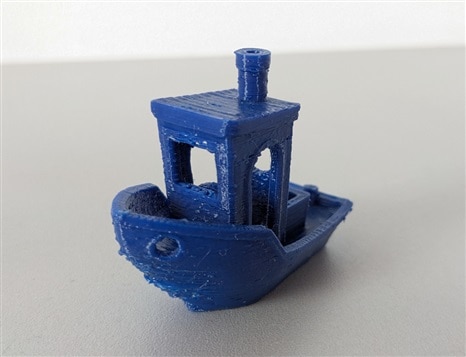


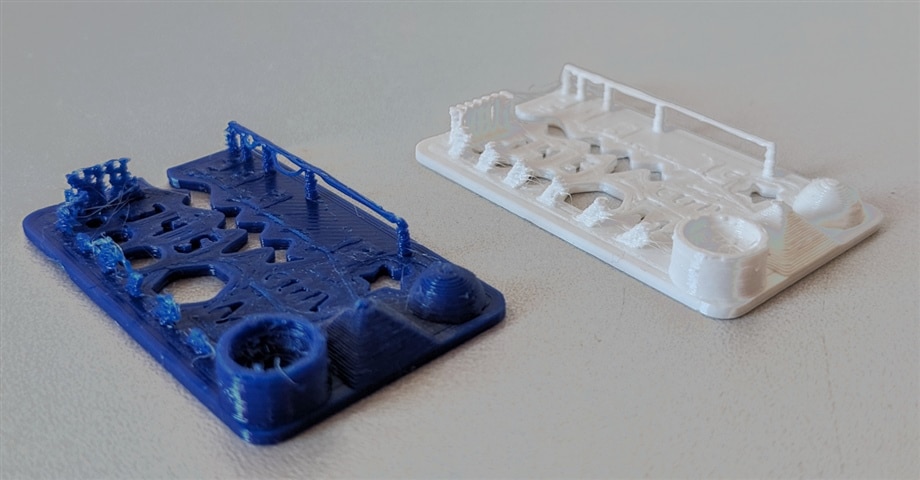

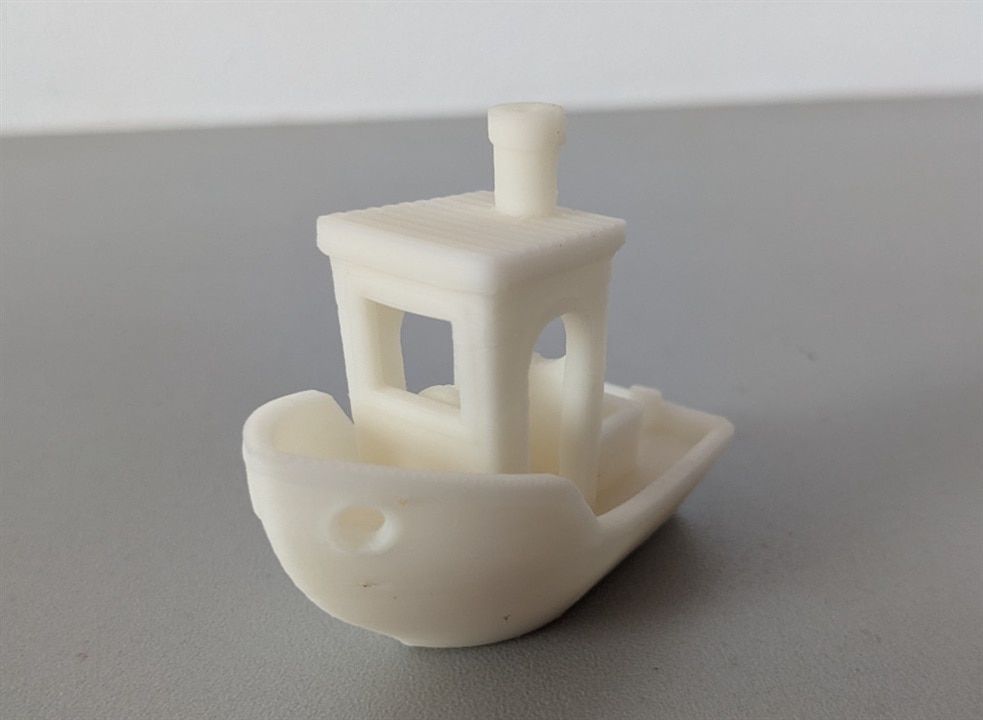



Top Comments
Attila Tőkés I enjoyed your write-up. It is boldly frank and concise, but it answers the question "Buy or don't buy?"
Nice info. eSun filaments aren’t my favourite and I have better results with other brands, e.g. Creality Hyper PLA. I’ve recently printed all the parts for a Voron 2.4 in Hatchbox ABS and, frankly…
Great review.. thank you! I'm considering getting the Bambu A1 Mini, so this is part of my journey investigating what the running costs are
-

Andrew J
-
Cancel
-
Up
+1
Down
-
-
Reply
-
More
-
Cancel
Comment-

Andrew J
-
Cancel
-
Up
+1
Down
-
-
Reply
-
More
-
Cancel
Children